After my last post about feeling wanderlusty and yearning for a change of scenery, it appears that my wishes have been granted. The last few weeks have been full of growth, new faces at Farm School, almost an hour and a half increase in sunlight (!!), and new adventures in chicken egg incubation.
Our homemade candler. This egg is infertile.
First off, I should tell you about my job. I am an instructor at a home school supplement program in Palmer, Alaska. It is called Louise’s Farm School (named after the lovely, late Louise Kellogg). We teach environmentally-based education to learners from the ages of five to twelve. The “grades” are creatively named after popular Alaskan birds: Chickadees, Magpies, Ravens and Eagles. I teach the Magpies, and the class is made up of eight students who are all six or seven years old. They are smart little buggers, and we have a lot of fun learning about the world around us! We only have three sessions per week, and each session is three hours long. Even though it sounds short (and feels short), we cover a lot of material and we take advantage of teachable moments whenever they arise.
Onion Starts for the CSA
Now that it is spring we get to learn about some of my favorite things! Plants, birds and growth, oh my! Two weeks ago, my fellow instructor, Miss Bethany, delivered the highlight of the Magpies’ session: an incubator and 26 eggs. Incubating eggs has been a popular and valuable activity for classrooms in recent years, and I am honored to share this experience with these special Alaskan learners. It is my first time incubating eggs, so it is great to observe and participate in all of the ups and downs with my learners.
We have done some really cool “eggsperiments”. First, we dissected some store bought eggs in order to learn the anatomy of the eggs. After handing out the eggs, yet before cracking them open, one of my learners inquired, “Miss Alex, when do I get to digest my egg?” And another one, when reviewing egg anatomy vocabulary, referred to the albumen (the white of the egg) as the “abdomen.” I love these moments because they show that the learners are taking in the information even if it is a little bit off. These are some big words, but we are learning them and getting excited for our upcoming brood of chicks!
A fertile egg candled at 10 days.
We also conducted some egg shell strength eggsperiments. I’ve always heard that one could squeeze an egg as hard as she could in one hand and not break the shell. Part of me has always questioned this…I would even start to test it in secret, over the sink—but would chicken out as I squeezed harder in fear that it would explode in my hand! Well, the Magpies are fearless, and they took this eggsperiment by the horns, squeezing their little eggs as hard as possible. One egg did break, but we all—very intelligently—hypothesized that there must have been a crack in the egg to begin with. Then, they conducted the best egg shell strength eggsperiment ever. They STOOD on the eggs. That’s right—they took off our shoes, laid down some newspaper and stood on those ever-so-seemingly-delicate objects. None of the eggs broke. Actually, it sounded like it was more painful for their little feet than anything. If you have kids, I recommend doing this! Just be ready for some accidental splats. Have something ready to save the egg in for a yummy after eggsperiment snack.
Even though we had been studying how strong chicken egg shells are, we also had to be aware that eggs are fragile if dropped or cracked. In fact one of our incubating eggs was accidentally cracked when the lid was put on incorrectly. It was sad, and I was sad. Since we have been candling the eggs I knew that it had been developing properly. While it was sad to lose one of our good eggs, it turned out to be a good educational moment for the kids. First, we saw firsthand that eggs are delicate in some ways. Also, some of us were able to see the chicken embryo half-way through development. “It’s gross and cool,” we all agreed. After only ten days, we could see little mini wings, feet and a tail. Chicken embryos develop incredibly fast. After only 21 hours the central nervous system begins to develop, at 25 the heart forms and at 42 it beats!
Fertile egg after 14 days of incubation. It’s getting harder to see the chick embryo, but look at those veins!
Incubating the eggs has been both joyful and stressful. We have an older incubator, so we have to turn the eggs by hand. it’s nice being so intimate with the process, however, remembering that I have to turn the eggs (which are in the house across from ours) when I’m warm and snuggly in bed isn’t exactly stressful, but it is definitely annoying. When we first got the eggs, it was a struggle to get a correct and steady temperature in the incubator. I became slightly obsessed with getting the temperature precisely between 99.5 and 100 degrees Fahrenheit. At one point, I was positive that all of the eggs had died due to my negligence and apparent ineptitude in incubation. I committed the horrible sin of exhaustively Googling the topic of incubation and every question I could possibly think of. Were my eggs going to weep and explode? Would I accidentally fry the little guys? Would the humidity be off in the incubator and cause a chick to drown right when it is meant to hatch? I even had a weird dream that Mark Summers (a kid’s game show host from the 90’s) and his dog broke into my house and ate the eggs! So, for a few days there, these little eggs were infiltrating all levels of my psyche. Luckily, the incubator settled down, other activities took precedence over watching a thermometer, the exhaustive Googling got exhausting, and—best of all—I started to see success stories in some of the eggs!
Egg candling is an illuminating activity. We don’t have an official egg candling device here, but I fashioned one out of a reading lamp, old egg cartons and tin foil. It works quite well, and it is fascinating to observe the goings on inside the eggs! Some of them are obviously not fertile, while others are questionable. I’ve been keeping all of the questionable ones (except for one that was weeping), just in case they are fighters. While some of the eggs don’t look very hopeful, others exhibit amazing signs of life! It is surprisingly easy to see the little embryos moving around inside their eggs. As of today, we have discarded five eggs (four that were infertile and the egg that was cracked), and we have thirteen definitely good eggs! Some of them are scheduled to pip on Monday, and we are excited to get some fluffy chicks into our brooder.
Seed starts for the CSA—we can’t wait to get our hands dirty and bellies full of homegrown produce!
Aside from the ever-eggciting eggs, we have been starting seeds, watching the snow melt, planning our gardens, enjoying the playful black-capped chickadees, and eagerly awaiting the arrival of more migratory birds to our neck of the woods. Oh! We’ve also acquired a pet moose of sorts. She’s a young, docile thing; and she’s been chowing down on our compost pile for a few days, now. While I’m generally wary of moose, this girl barely flinches when we scurry past her to get outdoors. You know you live in Alaska when you track moose poop into your house!
Our resident moose. It has been a hard winter for Alaskan moose, but this one is taking advantage of our compost bin!
I hope spring has been going well for all of my fellow Farmgirls out there! Have you ever incubated eggs? Are you lucky enough to have a broody hen? Share a story with us, we’d love to hear it.
Best,
Alex


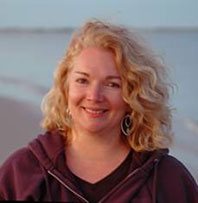


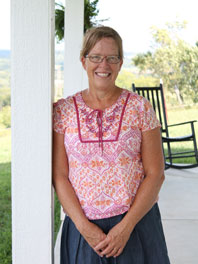
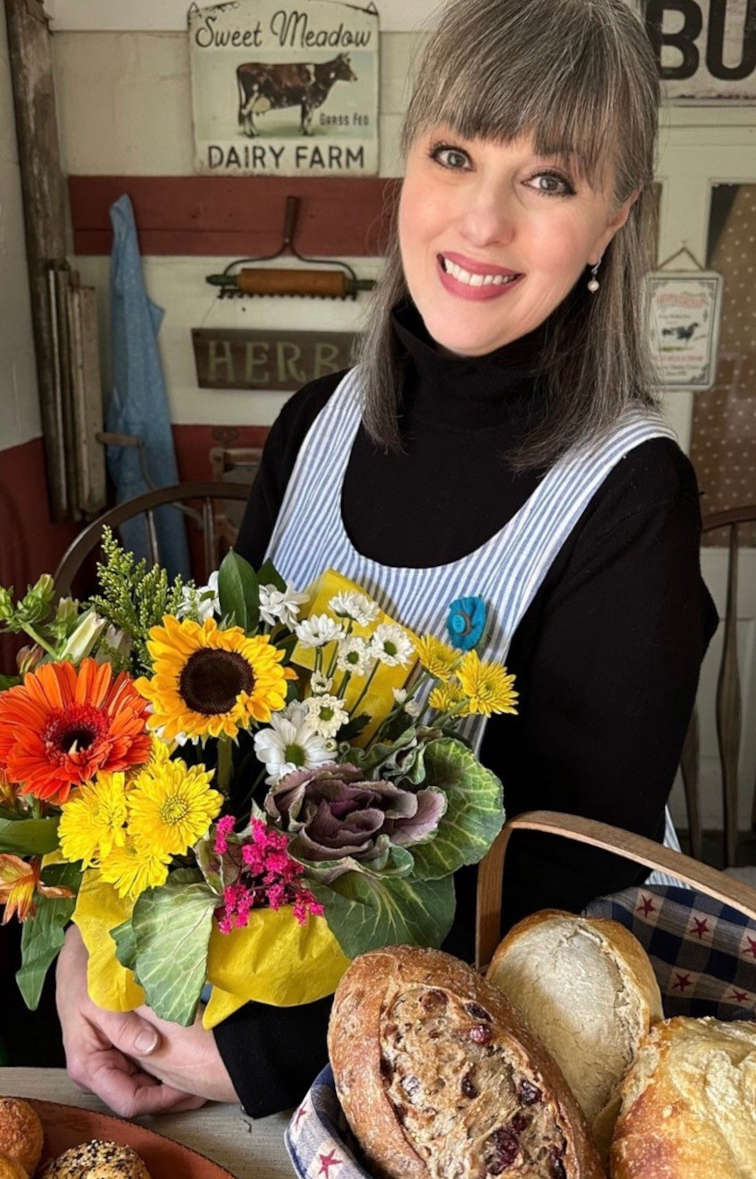
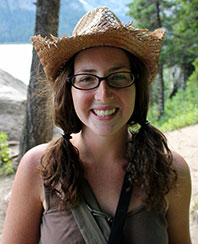
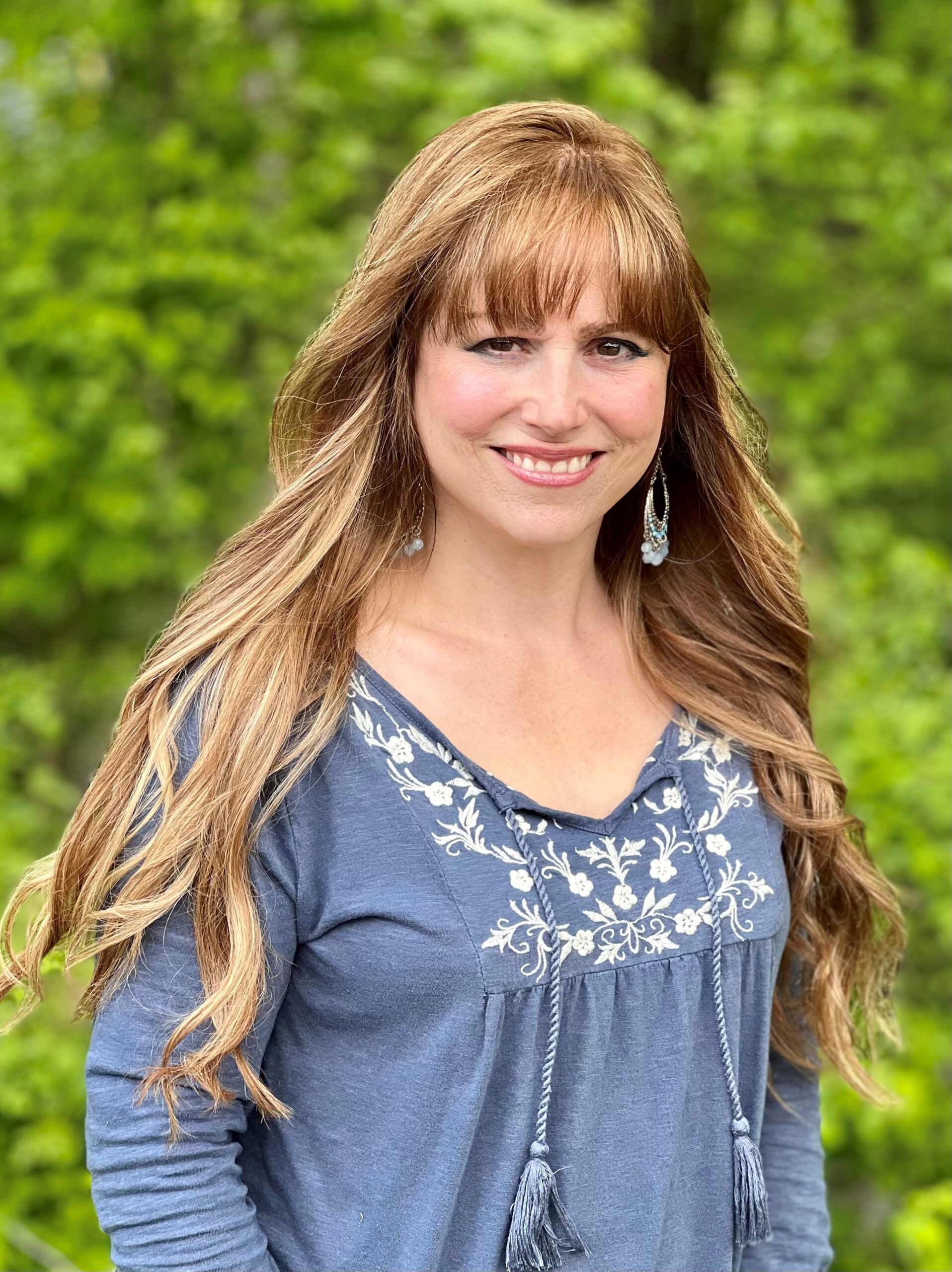


I enjoyed this article very much! It was fun following the progress of the eggs and how the children experienced this along the way – all the teachable moments! Standing on eggs!! I’m tempted (sort of) to try that. 😀
I love the kind of school you have. It’s just the kind I would love to have started myself, or to have had available to my daughter when she was so young. Keep up the great work!
——————-
Thanks Theresa! Louise’s Farm School is a great program, and I’m honored to be a part of all of the fun and learning that goes on here.
I love the "abdomen" and "digest". That is so funny.
and the standing on the eggs thing. But did *you* stand on the eggs? I’m curious to try this now. But I want to know if you did it too.
—————-
Hi Nan! I did not stand on the eggs! However, I have seen videos of adults doing it. We laid down parchment paper, opened a carton of eggs and snipped off the parts of the carton that were taller than the eggs Then we laid another sheet of parchment paper over the eggs and very gently stepped onto them with flat feet, using our friends for support until all of our weight was distributed. It was a hit with the kids!
What a wonderful post! You bring a breath of fresh spring air to my gardener’s mind…imagine doing all that in Alaska! Wow! Keep up the great work, indeed!
——————————————————————–
Thanks, Nancy! Agriculture is a challenge in Alaska, but it’s a challenge I’m eager to take on!
Thank you for your "illuminating" story of the incubating eggs! I have two inquisitive granddaughters who would love to attend a school such as yours, if we had one here in central California. Happy Spring!
—————————————————————————-
Thanks Fawn!
There are more and more schools like this popping up all over the place. I’ll keep my eyes peeled for Californian opportunities :).
Ahhh, so many memories come flooding back whenever I read your post! Alaska is definitely a beautiful and unique place….My husband and I lived in Alaska for 13 years, our firstborn son was born there, I attended APU but back then they did not have the school/farm – what a wonderful and fun opportunity – and we were the first in our neighborhood to plant a garden…we even had a resident young bull moose one winter who enjoyed our raspberry bushes and we had one inquisitive enough to peek in our kitchen window. And, oh yes, I’ve been to the peak of Pioneer Peak 🙂 Thank you so much for your posts – Alaska has a special place in our hearts and Palmer especially since it is farmgirl country. Enjoy your chicks – we have one hen who hatched out 2 in February and we have a broody hen now on a nest of 5 or 6 – gotta love spring! ————————————————–Thanks for the Alaska connection, KJ! I’m looking forward to climbing Pioneer Peak this summer!
I enjoyed your blog entry! I just had to tell you that I DO have a broody hen sitting on nine eggs right now. I homeschool my boys (ages 4 and 6) and I can’t believe the amount of teaching that comes from having chickens. Tonight, we will try to candle the eggs. Wish us (and Georgiana, our broody Buff Orpington) luck. If none of them hatch, I think I will buy some chicks from the feed store for her and sneak them under her at night. She’s going to be a good mama. We should have REAL peeps by Easter. ———————————————————————————Thanks for the chicken story Anna! Georgiana sounds like a farmgirl’s best friend. Good luck with the candling, it’s very fun!
Yes, I am a Mary Jane. I have a broody hen and we bought 6 eggs from someone with roosters and have put them under the hen. Unfortunately, the other two hens keep laying their eggs on top of the broody hen and I broke one of the good eggs while trying to get the other unfertile eggs out. April 7 or 8 is due date. Hopefully we get some chicks. I have never raised them but the hen was on the nest broody for so long we decided to give it a try.
————————————————————-
Thanks for the story, Mary Jane! Good luck with your eggs and chicks!
The egg story is fascinating! I’m (almost) tempted to get a brooder and give it a try!
Thank you for sharing!
Nancy
http://www.liveasavorylife.com
A good flashlight in a dark closet works great. Just hold the egg right on the light lens and you can see everything. This is definitely ‘chick’ season. I’m trying to resist the temptation of buying half a dozen. My will power is seriously weakening. ;o) If only all the children in this nation could benefit from such a wholesome education.